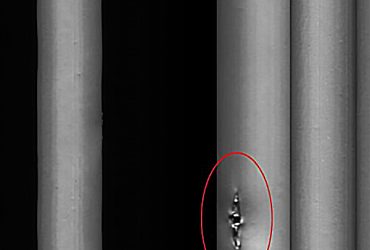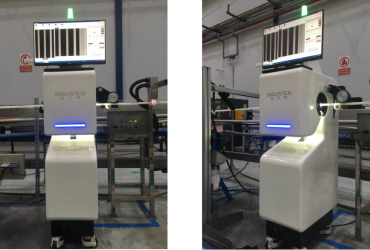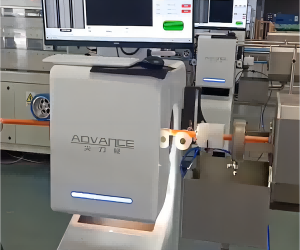pipe surface defects

- September 27, 2023
- AdminJDS
- pipe and tube
Heating Pipe Surface Defects: Solutions for Tube quality
This article explores the importance of heating pipe quality, the role of outer layer materials, common surface defects like glue breaks and holes, the inspection process, and the advantages of using a visual control system to enhance pipe quality.High-quality heating pipes are essential for efficient and reliable heating systems. The quality of these pipes not only affects energy efficiency but also safety and longevity.
The Significance of Heating Pipe Quality
Heating pipes are the lifelines of heating systems, responsible for the safe and efficient transfer of heat from the source to the desired location. Ensuring the highest possible pipe quality is paramount for several reasons:
Efficiency: High-quality pipes with excellent thermal insulation properties minimize heat loss, ensuring that the heating system operates efficiently.
Durability: Durable pipes can withstand temperature fluctuations and resist corrosion, extending the lifespan of the heating system.
Safety: Quality pipes reduce the risk of leaks, preventing potential hazards such as water damage and system malfunctions.
Cost-Effectiveness: Well-made pipes require less maintenance and replacement, resulting in long-term cost savings.
Outer Layer Materials in Heating Pipes
The outer layer of heating pipes plays a crucial role in their performance and durability. Common outer layer materials include polymers, plastics, and polyethylene. These materials offer several advantages, such as:
Corrosion Resistance: Polymer-based outer layers protect the pipe from corrosion, making them ideal for use in both water and steam heating systems.
Thermal Insulation: Polyethylene outer layers have excellent thermal insulation properties, reducing heat loss and increasing energy efficiency.
Flexibility: Plastic and polymer materials are flexible, making them suitable for various installation scenarios, including tight spaces.
Glue Breaks and Holes: Common Surface Defects:
Despite the advantages of these materials, surface defects can still occur. Two common defects are glue breaks and holes:
Glue Breaks: Glue breaks result from adhesive separation between the outer layer and the underlying pipe material. They can lead to insulation gaps and compromise the pipe’s thermal performance.
Holes: Holes in the pipe’s outer layer can allow moisture and contaminants to penetrate, potentially causing corrosion and reducing the pipe’s lifespan.
Inspection Process for Surface Defects
Visual Inspection: Skilled inspectors visually examine the entire pipe surface for defects, including glue breaks, holes, and other irregularities.
Non-Destructive Testing (NDT): Advanced techniques like ultrasonic testing can detect defects not visible to the naked eye, enhancing inspection accuracy.
Visual Control System Advantages
Implementing a visual control system for heating pipe quality offers several advantages:
Real-Time Detection: Visual systems can identify defects as they occur, allowing for immediate corrective action and minimizing the production of substandard pipes.
Consistency: Automation ensures that inspections are consistent and free from human error, leading to reliable and reproducible results.
Cost Savings: By reducing the production of defective pipes and associated rework, manufacturers can lower costs and improve overall efficiency.





